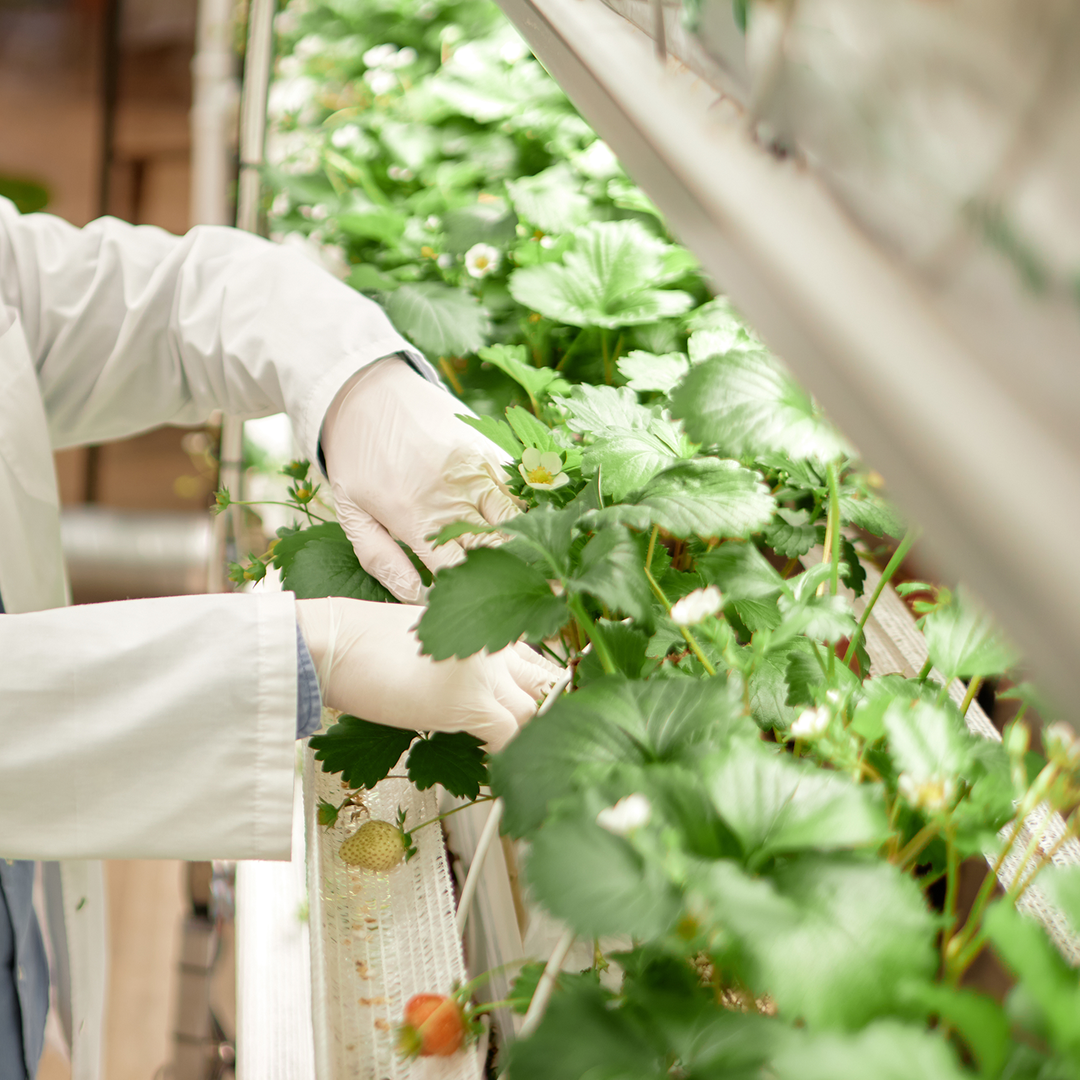EnviroMail 12 USA
Basic Overview of SARS-CoV-2 Testing in Wastewater
As the Covid-19 illness continues to vex our daily lives and economies across the world, governments, health officials, and researchers continue in their efforts to control the spread. Until therapeutic treatments and vaccines are developed to eliminate the threat completely, early identification and containment of individuals that are infected is a critical control measure. One such early detection method that is gaining momentum is the testing of wastewater for the genetic signature of the SARS-CoV-2 virus being expelled from the bodies of infected individuals.
It is rare in a person’s lifetime that something can have a global impact on populations across the world. The COVID-19 illness certainly has been something that has touched the lives of almost every human and has had global impacts on economies around the world. Governments and citizens are scrambling to control this pandemic at unprecedented rates by taking drastic measures to shutter economies and isolate individuals to prevent the spread of this virus. As science and technology catch up and learn more, it is clear that in the absence of a vaccine, detection and preventative measures are paramount to saving lives and getting our social freedoms and economies back on track. One area of current study is the detection of the virus in wastewater. By evaluating wastewater, public health officials will have a better understanding of the extent of COVID-19 infections in communities and a tool for early detection.
The virus that causes COVID-19 is from the human coronavirus family and the strain causing the current pandemic has been identified as SARS-CoV-2. Corona viruses are named for the crown like spikes on the surface of the protein coat or capsid. The word virus come from the Latin word for poison and have been described as vampire cells that are neither living nor dead. Unlike bacteria and the cells in our body, virus do not contain all of the needed parts to reproduce. Instead they are parasites that need to take over a living cell to reproduce and often destroy the host cell. All viruses are made up of at least two things, nucleic acid (DNA or RNA) and a surrounding capsid. The SARS-CoV2 virus has been identified as a single stranded RNA virus. For a virus to reproduce, it must first attach to a host cell. After attachment, the virus penetrates and injects the nucleic acid, in this case the RNA, into the host and begins a biosynthesis process to reproduce the genetic material. During this time, it is common for the host cell to not function correctly. After maturation and assembly of new virus copies, the virus copies are released in most cases by rupturing and killing the host cell. The new copies then spread and infect new host cells. Unlike bacteria, that can be controlled by antibiotics which kill unwanted bacteria cells that cause infection, our body fights a virus by developing proteins that bind to the virus to prevent it from spreading and ultimately eliminating it from our bodies. This process is the primary reason when we get a cold or the flu, the doctor tells us to go home, get plenty of rest, drink fluids and wait for your body’s immune system to clear the virus from your system.
As this process occurs after infection, our bodies shed genetic material in the feces of both symptomatic and asymptomatic individuals that can be found in wastewater. Viral genetic material can be isolated and detected by molecular techniques and used to identify virus types. Viral nucleic acids can be isolated and sequenced to detect the presence of viruses being studied. One such technique is quantitative Polymerase Chain Reaction, better known in the laboratory as qPCR. In this technique, the RNA of the virus is amplified, detected and quantitated. Simply put, the technique creates complementary copies of the RNA sequence increasing the concentration so they can be detected. The process of genetic material being copied and replicated is called reverse-transcription polymerase chain reaction. The use of fluorescent dyes in the copies created allow for detection and quantitation.
To identify and quantitate the SARS-CoV-2 virus in wastewater, a few steps are involved in the laboratory. First wastewater samples are concentrated. Concentration can be done by filtering known amounts of water or through centrifuging. After the portion of the sample containing the viral material is isolated, a series of steps are done to extract and expose the genetic material. The extracted samples are mixed with what are known as primers. Primers contain short stranded pieces of genetic material that target the specific genetic subset of the RNA sequence being studied and duplicated. The samples are introduced into a qPCR instrument where the amplified copies of the genetic material are detected and quantitated. Results can be reported as copies of viral RNA/ml of wastewater sample. A few of the benefits of this technique are that it is quick (results in a few days or less) and does not require large sample volumes. Of interest is that to date, there have been no known infections that have occurred from exposure to treated or untreated wastewater.
The study of SARS-CoV-2 in wastewater is gaining momentum. One important aspect of containing the spread of this pandemic is early detection. Detecting the presence of a virus in an area before a widespread uncontrolled outbreak has many benefits to allocating resources and awareness to minimize the spread. It is estimated that 80% of the US population is served by municipal sewage collection system. Additionally, most of the world’s population in larger cities and municipalities also have sewage collection systems that can be monitored. Areas commonly not on municipal sewage systems are commonly more rural areas that tend to see less cases due to inherent isolation from larger populations. As such data collected can show increasing and decreasing trends in areas commonly hit the hardest.
While this certainly is a new and interesting area of study, there are limitations to the information that can be gathered. Collecting samples from the treatment plant does not give specific infected area information such as the nursing homes, schools, prisons and the like. This information may be gathered by more specific and focused monitoring further upstream of the collection system. The data is also limited from a detectability perspective. Larger systems handle more water and dilution occurs. So smaller infection rates may not be captured. More data needs to be gathered and analyzed to correlate the number of infections to virus concentrations identified at treatment plants of varying sizes. To provide for meaningful data that is representative and comparable, sampling protocol and laboratory practices require standardization. These are not simple challenges and with most challenges, financial resources are required to collect a sufficient number of samples that can be evaluated for meaningful correlations. Until then we will have single data points or limited data that researchers and public health officials will struggle to use correctly.
In conclusion, testing wastewater for the presence of the SARS-CoV-2 virus has the potential to be an additional important tool to help abate this pandemic. This tool can be used to collect data quickly from a large portion of a populated area and in areas that are not doing a lot of clinical testing because known infection rates are low. Application in such situations can be used as a predictive indicator of things to come. Data gathered from wastewater monitoring should not be view as a tool to replace current surveillance methods, rather it is a tool to complement them. Monitoring data should be shared with public health authorities so the data can be linked to needed community actions. The more information we have with early detection to implement preventative measures to defeat this virus, the quicker we will all be able to return to our normal lives.





















































